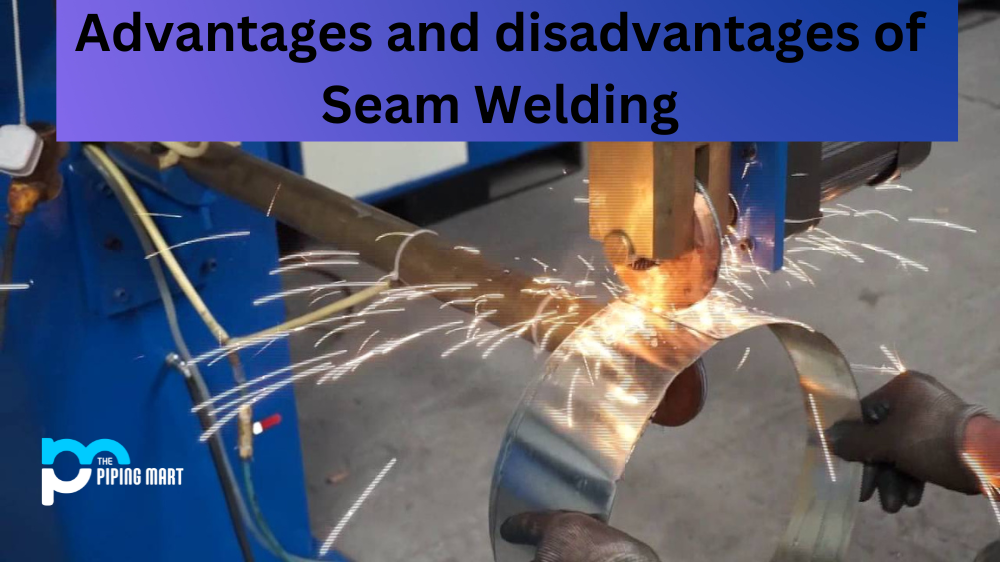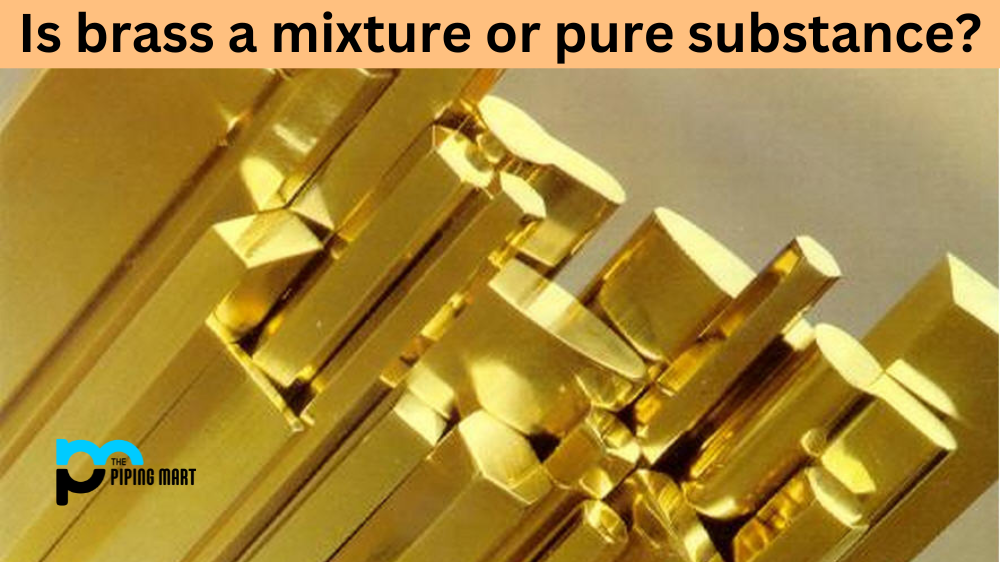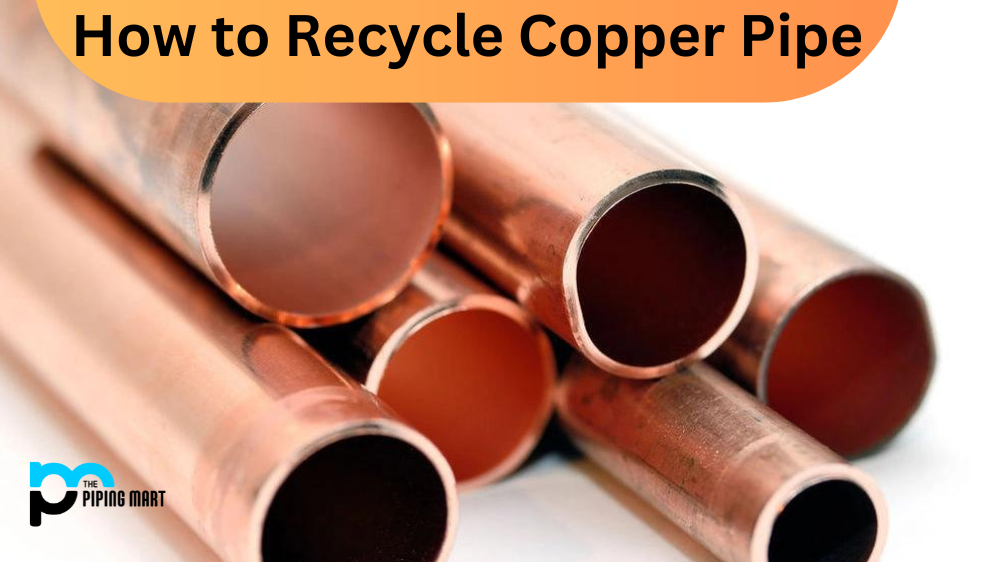Seam welding is a type of welding process in which two pieces of metal are joined together by applying heat and pressure. It is an efficient and cost-effective method for joining two pieces of metal, but it has its advantages and disadvantages. Understanding these pros and cons can help you decide if seam welding is the best option for your welding needs.
Advantages of Seam Welding
The main advantage of using seam welding is that it can be used to join large sheets of metal quickly and efficiently. Seam welding also does not require any filler material, so there is no need to buy extra materials for the job. Additionally, this type of welding provides a strong, reliable weld that will not easily come apart or show signs of wear over time. Finally, seam welding allows for precise control over the temperature, pressure, and speed of the process, allowing welders to create a high-quality product with little effort.
- Seam welding is a type of welding that is used to join two pieces of metal together.
- Seam welding is a very strong type of weld and can be used on a variety of different metals.
- Seam welding is a fast and efficient way to weld two pieces of metal together.
- Seam welding produces very little waste and is, therefore, very environmentally friendly.
- Seam welding can be done by hand or by machine, making it a versatile welding method.
Disadvantages of Seam Welding
One disadvantage to seam welding is that it requires specialized equipment that may be expensive to purchase or rent. Additionally, this type of welding can be difficult to learn since it requires precise control over the temperature, pressure, and speed of the process. If these parameters are not set correctly, it could lead to weak or faulty welds that may break apart or cause other problems down the line. Furthermore, because this type of welding uses high temperatures, there’s always a risk that nearby objects could get damaged from exposure to heat or sparks created during the process.
- Seam welding is a relatively slow process.
- Seam welding can be expensive, as it requires specialized equipment.
- Seam welding can be difficult to automate.
- Seam welding can be difficult to achieve consistent results with.
- Seam welding can be dangerous, as it involves high temperatures and electrical currents.
Conclusion:
Seam welding offers many advantages when compared to other types of welds – such as speed, precision, and strength – but it also has some drawbacks – such as cost and safety concerns – that should be taken into account before deciding whether it’s right for your needs. By understanding both the advantages and disadvantages associated with seam welding, you can make an informed decision about which type of weld will best suit your project requirements. With careful planning and consideration of what kind of weld you need for your specific application, you can ensure a successful outcome!

Abhishek is a seasoned blogger and industry expert, sharing his insights and knowledge on various topics. With his research, Abhishek offers valuable insights and tips for professionals and enthusiasts. Follow him for expert advice on the latest trends and developments in the metal industry.




